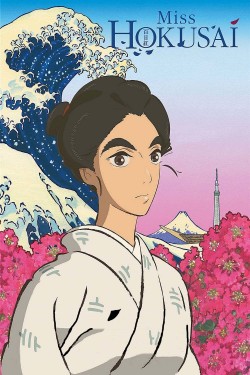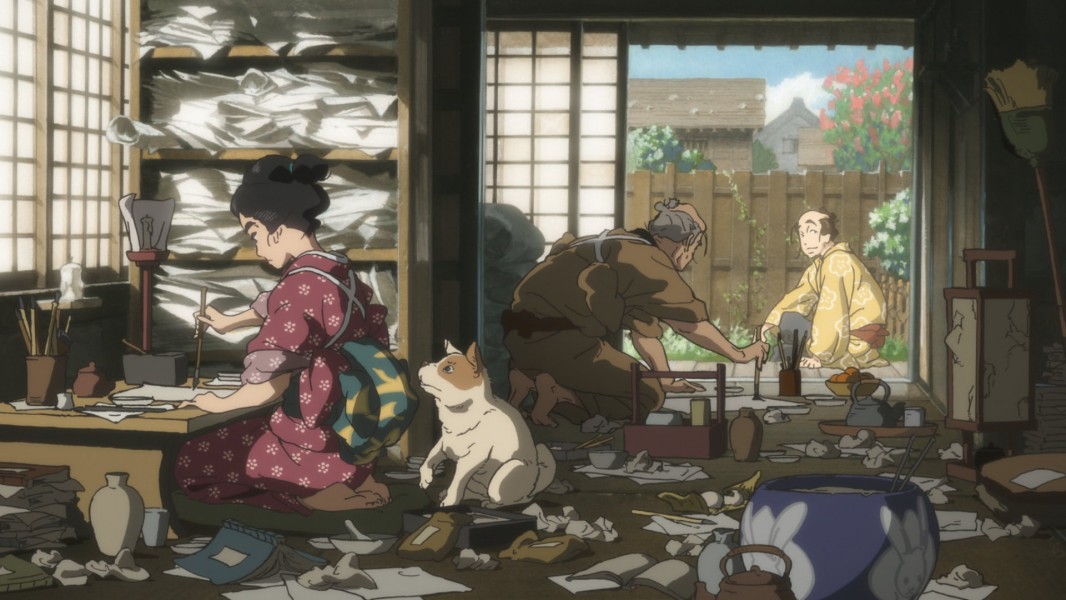
Miss Hokusai
1814 is the year. The location is Edo, which is today known as Tokyo. Tetsuzo, a highly successful artist of his generation who is now in his mid-fifties, has clientele from all over Japan and works hard in the garbage-filled pandemonium of his house-atelier. He spends his days creating extraordinary works of art, ranging from a giant-sized Bodhidharma painted on a 180 square meter-wide sheet of paper to a pair of sparrows painted on a single rice grain. O-Ei, the third of Tetsuzo's four daughters and a product of his second marriage, is an assertive 23-year-old who inherited her father's talent and intransigence. Often, she painted in his place, though unacknowledged. Her creativity is so potent that it occasionally creates havoc. "We're father and daughter; with two brushes and four chopsticks, I suppose we'll always find a way."
Read full
Production:
Country:
Duration:
90 m


















Discussion